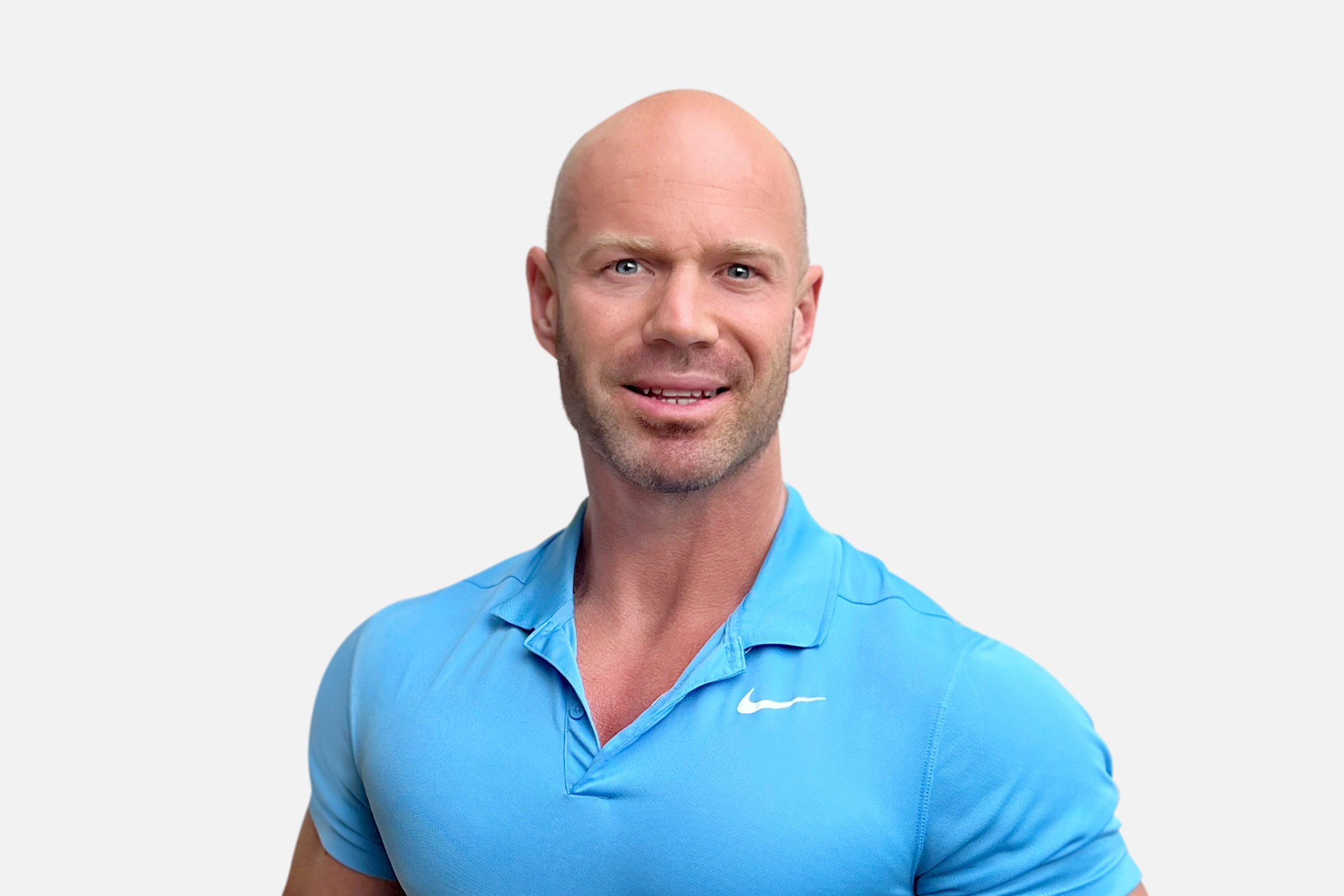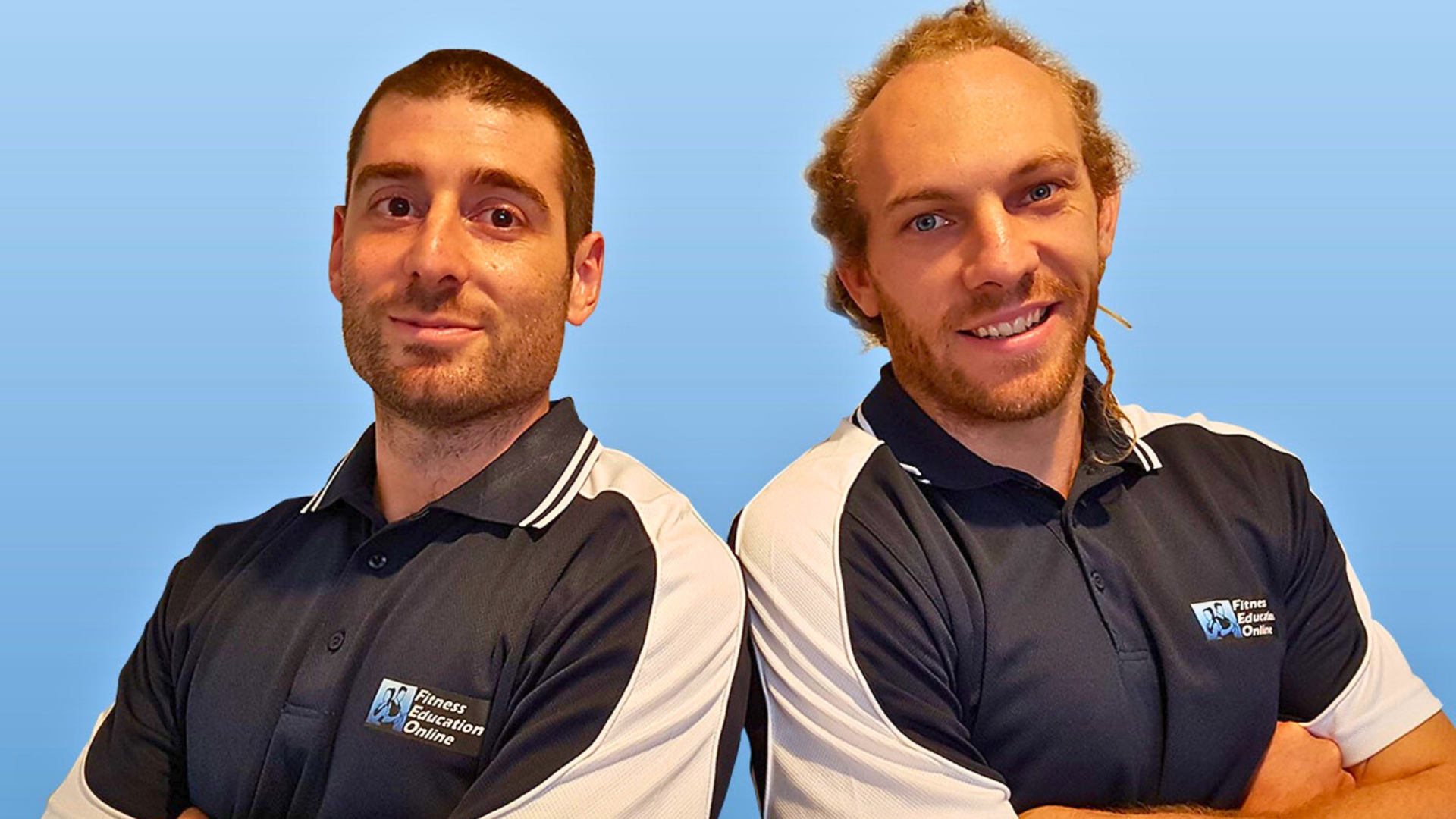Athletech News spoke with AusFitness Industry and Expo co-founder Shaun Krenz on the future of fitness and Australia’s fitness scene
Australia is gearing up for a major celebration of fitness culture next month with the AusFitness Expo, regarded as Sydney’s biggest trade show and summit for fitness enthusiasts.
Taking place from October 11 to 13 at the ICC in Sydney’s Darling Harbour, the expo features over 250 leading brands coming together to celebrate all things fitness – including Hapana, Merrithew, Life Fitness, Matrix, MyZone, Verve Fitness and more. Attendees can look forward to live sporting competitions, including the debut of the Expo Games and the DEKA Strong challenge, as well as workshops and educational sessions.
Athletech News recently caught up with Shaun Krenz, co-founder and director of AusFitness Industry and AusFitness Expo, to discuss the energy surrounding Australia’s fitness industry, what he believes is the most significant transformation in recent years, and his predictions for the future of fitness.
Australia’s Booming Fitness Scene
Australia’s fitness scene has seen considerable activity in the last year, including the launch of The Fit Guide, an independent fitness club rating system and World Gym Australia’s big box gym brand’s expansion plans.
“Many of the world’s leading fitness brands have come out of Australia, so we were very excited to launch there and see what the data would tell us,” The Fit Guide co-founder Jack Thomas told Athletech News last fall.
Krenz notes that the Australian fitness landscape is as dynamic and vibrant as ever, reflecting a strong consumer interest in maintaining an active lifestyle.
“There’s been a noticeable shift towards more personalized fitness experiences, such as personal training and small group classes, which offer tailored guidance and more direct interaction with fitness professionals,” he continued. “This trend is driven by consumers seeking more specialized and results-oriented fitness solutions that can adapt to their individual health needs and lifestyle preferences.”
Krenz also added that there’s an increasing emphasis on holistic wellness, with many Australians integrating mental health practices and nutritional planning into their fitness regimens.
The Digital Transformation of Fitness
As a fitness industry veteran, Krenz has seen it all, but he says the most significant transformation in the industry in recent years is the digitization of fitness.
“The rise of digital platforms and fitness apps has revolutionized how people access and engage with fitness,” he says. “This shift was significantly accelerated by the global pandemic, which pushed more consumers and businesses towards digital solutions for home workouts, online coaching, and virtual fitness classes.”
The digital era has not only made fitness more accessible but also more adaptable, with Krenz pointing out that it’s allowed for a level of personalization that was not as easily achievable before.
“This digital shift is likely to continue evolving, further blurring the lines between physical and virtual fitness experiences,” he adds.
The Rise of Holistic Health
Even in the face of technology and digitization, Krenz observes a shifting trend towards holistic practices.
“Today’s fitness programs increasingly emphasize not just physical health but also mental and emotional well-being,” he says. “This holistic approach integrates various wellness practices such as yoga, meditation and mindfulness alongside traditional physical workouts. Nutrition and sleep are also becoming integral parts of fitness regimens, reflecting a comprehensive approach that views health as a multi-dimensional concept.”
Advanced recovery techniques, such as ice baths, sauna sessions, cryotherapy and compression therapies, are also gaining traction as they become a cornerstone of holistic fitness practices, Krenz says.
“These recovery techniques are critical in helping individuals reduce muscle soreness, improve circulation and enhance overall recovery speed, allowing for more effective training sessions,” he adds.
According to Krenz, the inclusion of holistic methods highlights a growing recognition of the importance of recovery in achieving optimal fitness results and long-term well-being.
“This shift towards holistic health and comprehensive recovery practices is a transformative movement that underscores the evolving understanding of fitness as a fully integrated lifestyle choice,” he says.
Krenz’s assessment of recovery and its potential is seen with Australian-based wellness brands like City Cave Float & Wellness Center, which has taken its holistic therapies beyond Oz, settling in the U.S. with franchising opportunities earlier this year.
The Top Fitness Trends to Watch in 2025
Looking ahead to next year, Krenz predicts four categories that will see growth and interest in the industry: tech, virtual reality (VR) workouts, a focus on mental health and community-driven fitness.
He anticipates wearable tech and smart fitness equipment that provides real-time feedback and personalized workout suggestions will become even more sophisticated, and VR will allow users to engage in virtual classes and environments from the comfort of their homes.
As for mental health, Krenz predicts that mindfulness and stress reduction will become part of regular fitness routines. Lastly, he sees outdoor group activities and fitness festivals as key components of the future fitness industry.
AusFitnessExpo tickets can be purchased here.




